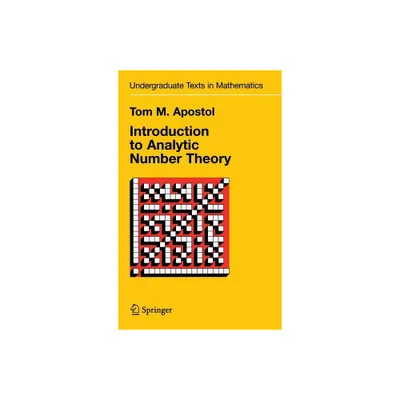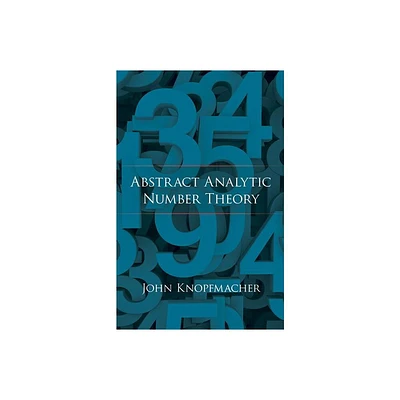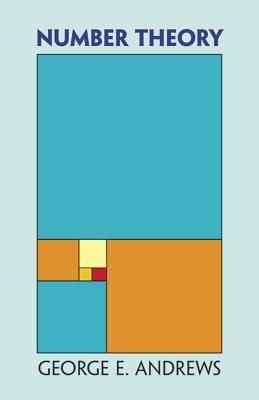Home
Basic Analytic Number Theory
Loading Inventory...
Barnes and Noble
Basic Analytic Number Theory
Current price: $99.00


Barnes and Noble
Basic Analytic Number Theory
Current price: $99.00
Loading Inventory...
Size: OS
*Product Information may vary - to confirm product availability, pricing, and additional information please contact Barnes and Noble
This book provides an introduction to four central problems in analytic number theory. These are
(1) the problem of estimating the number of integerpoints in planar domains
(2) the problem of the distribution of prime numbers in the sequence of all natural numbers and in arithmetic progressions
(3) Goldbach's problem on sums of primes, and
(4) Waring's problem on sums of k-th powers.
To solve these problems, one uses the fundamental methods of analytic number theory: complex integration,
I.M.Vinogradov's method of trigonometric sums, and the circle method of G.H.Hardy, J.E.Littlewood, and S.Ramanujan.
There are numerous exercises at the end of each chapter.
These exercises either refine the theorems proved in the text, or lead to new ideas in number theory. The author also includes a section of hints for the solution of the exercises.
The mathematical prerequisites for this volume are undergraduate courses in number theroy, mathematical analysis, and complex variables. The book would be an excellent text for a one or two semester course in analytic number theory for advanced undergraduates or graduate students.
(1) the problem of estimating the number of integerpoints in planar domains
(2) the problem of the distribution of prime numbers in the sequence of all natural numbers and in arithmetic progressions
(3) Goldbach's problem on sums of primes, and
(4) Waring's problem on sums of k-th powers.
To solve these problems, one uses the fundamental methods of analytic number theory: complex integration,
I.M.Vinogradov's method of trigonometric sums, and the circle method of G.H.Hardy, J.E.Littlewood, and S.Ramanujan.
There are numerous exercises at the end of each chapter.
These exercises either refine the theorems proved in the text, or lead to new ideas in number theory. The author also includes a section of hints for the solution of the exercises.
The mathematical prerequisites for this volume are undergraduate courses in number theroy, mathematical analysis, and complex variables. The book would be an excellent text for a one or two semester course in analytic number theory for advanced undergraduates or graduate students.


















